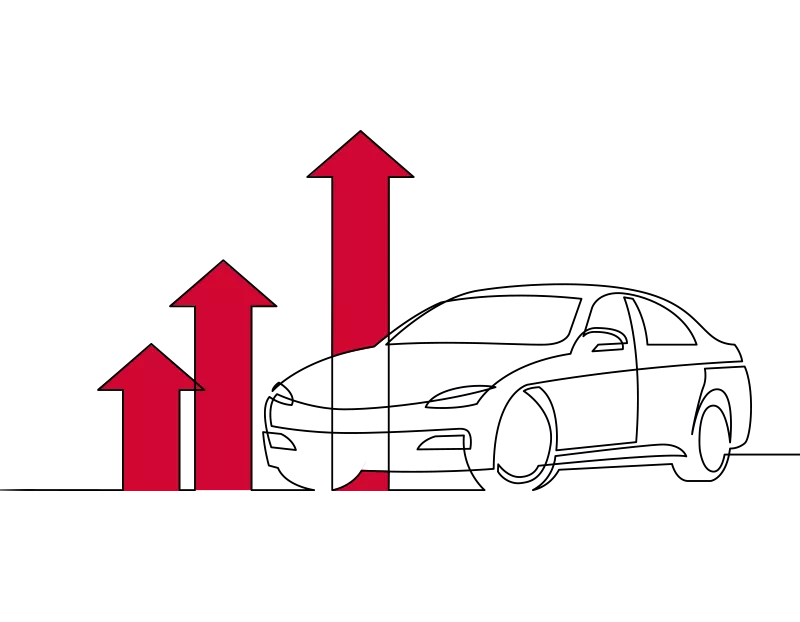Corporation Tax is charged on the profits of companies and branches trading within the UK, and on the overseas branches of UK
resident companies.
The main rate of Corporation tax of 19% which applies to all companies regardless of size will cease to apply from 1 April 2023.
From 1 April 2023, Corporation tax rates will vary from 19% to 25%.
A small profits rate of 19% will apply to companies whose profits are equal to or below £50,000.
Companies earning profits in excess of £250,000 will pay the full rate of Corporation tax, being 25%.
Companies earning profits between £50,000 and £250,000 will pay tax at a marginal rate, which means the overall rate will be between 19% and 25%.








